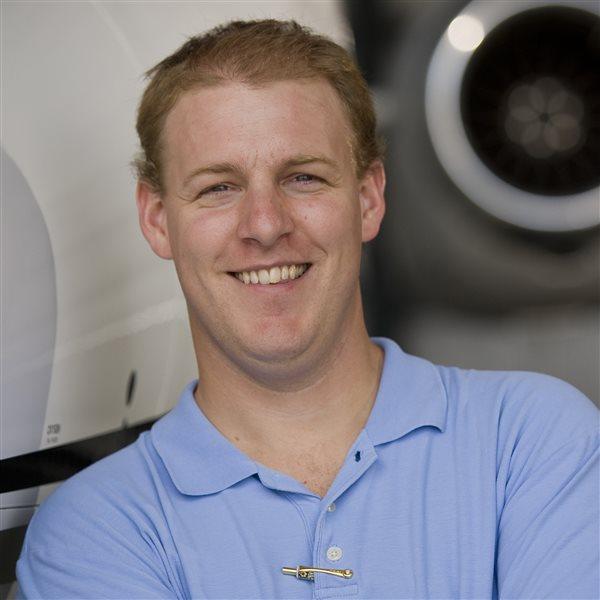On the cusp
Electric aircraft designers are on the verge of a breakthrough
With endurances now trending more than an hour, the idea of a purely electric aircraft, or a hybrid electric, aircraft replacing a straight gasoline powerplant is not science fiction. Like any nascent technology, the debate is not whether electric aircraft will happen, it’s when and how.

With a purely GA application, the Aero Electric Aircraft Corp.’s Sun Flyer is taking inspiration from Solar Impulse. The two-seat trainer is driven by a battery-powered electric motor. Batteries can be topped with a quick-charge cable or a wingspan’s worth of solar panels. According to company founder George Bye, the solar panels will provide approximately 15 percent of the energy. “When the Sun Flyer comes to a taxi stop, the propeller stops,” Bye says. “What’s interesting is that the solar cell energy on this airplane is enough that all the ground operations are taken in by the solar conversion to electricity.”
Another 15 percent of the necessary energy will come from regenerative propeller power. Although regenerative power is commonplace in automotive technology, it’s just now coming to aviation. In essence, whenever the wind drives the propeller, such as on a power-off descent, it acts like a windmill and puts energy back into the batteries.
Bye said the aircraft will fly early this fall with no solar panels in order to establish a baseline. From there they expect to certify in the primary category with a full wingspan of solar cells by early 2018 with a three-hour endurance.
A different mission
Although NASA doesn’t have a direct commercial mission, the space agency supports commercial operations through research. So it was only natural for the agency to explore electric propulsion as part of its New Aviation Horizons program. The X-57 will be a modified Tecnam P2006T. The modern twin was at the forefront of NASA’s display this year at EAA AirVenture. NASA’s Tecnam sat in a stock configuration, but the agency has big plans for the X-57. The first stage will replace the stock engines with electric motors. Then two more outboard motors will be added and a new airfoil fitted. Finally, a full span of small, efficient electric motors will sit along the front of the wings.
An aircraft manufacturer will never build an aircraft with that configuration, but they will benefit from NASA’s insights. The goal is to find propulsion that is quieter, less expensive, and cleaner. In a week when the Environmental Protection Agency called jet emissions a hazard to human health, that is a worthy goal, indeed.

It’s also a goal shared by Airbus. The European conglomerate made a splash last year when its E-Fan became the first electric aircraft to fly across the English Channel. That was a purely electric twin-engine, ducted-fan technology demonstrator. Airbus created a small team at a Paris research-and-development facility to accomplish the feat.
Among the many things the team learned about the aircraft was a hard truth—batteries aren’t yet good enough to give the endurance they needed. So the team has taken a play from the Toyota Prius and is going with a hybrid electric solution. The E-Fan 1.2 is a single-seat design that looks similar to the first E-Fan, but with the addition of a gasoline engine the pilot can manually turn on or off, depending on power needs. According to supervising engineer Denis Chapuis, “In itself, hybrid is not the end goal. The end goal is to save fuel.”
The E-Fan 1.2 on display this year at EAA AirVenture had already undergone seven test flights. The team hopes to get 2.5 hours of endurance from the design. But small aircraft aren’t Airbus’ business. Eventually the team hopes to build large, electrically powered passenger-carrying aircraft capable of extended operations. “Chances are the batteries alone will never have enough energy to cross the Atlantic,” Chapuis said.
If Bye is correct and battery technology is improving at 10 percent a year, it might not be that long before Airbus’s big dream is realized.
“The potential for changing the world is there,” Chapuis said. “Electricity will be part of our future.”




